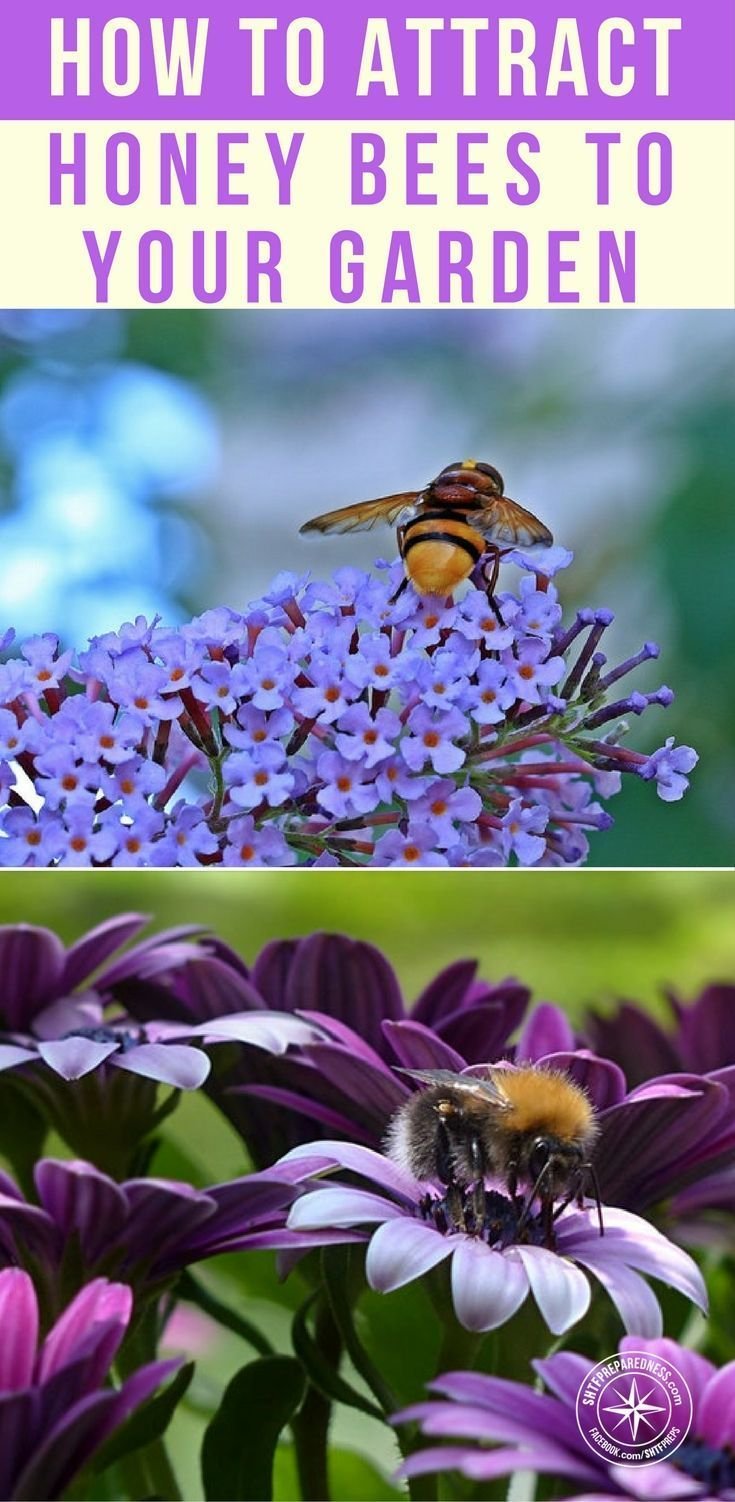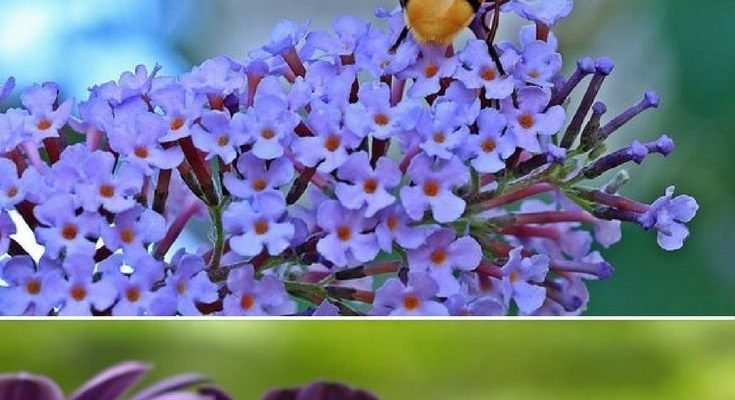
The buzz around honey bees is real. With their populations declining, every little effort we make can help. And honestly, it’s easier than you might think to roll out the welcome mat for them. You don’t need a degree in entomology or a magical green thumb. Just a few simple steps, and you can make your garden a buzzing hotspot.
Understanding Honey Bees and Their Importance
Honey bees, unlike many other insects, are incredibly social. They live in large colonies and work together to collect nectar and pollen. You might be wondering why you should care about them. Well, these little pollinators help fruits, vegetables, and flowers grow. About a third of the food we eat depends on pollinators like honey bees. So, when you attract honey bees to your garden, you’re not just helping them; you’re also supporting your own food sources.
You may know that honey bees are crucial for pollinating crops, but did you know they also contribute to maintaining healthy ecosystems? They help flowers reproduce, leading to a diverse range of plants in our environment. This diversity is essential for the survival of many other species, including birds and other insects. So when you see a honey bee buzzing around, it’s not just busy; it’s doing something vital for all of us.
Attracting honey bees can even add a bit of color and life to your garden. Their activity can bring in other pollinators and wildlife, creating a vibrant and lively space. It’s a win-win situation—your garden thrives, and you get to enjoy the sights and sounds of nature.
Choose Native Plants for Your Garden
One of the easiest ways to attract honey bees is to plant flowers that are native to your area. Native plants have evolved alongside local wildlife, so they’re more appealing to the bees. Plus, they usually require less maintenance and water, making them a smart choice for any gardener.
Consider planting a variety of blooms that offer nectar and pollen throughout the growing season. This ensures that you have food available for the bees from early spring to late fall. Some excellent options include:
- Sunflowers
- Black-eyed Susans
- Bee balm
- Lavender
- Wildflowers
When you fill your garden with these plants, you not only create a buffet for honey bees, but you also enhance the beauty of your space. Just picture it—vibrant colors and delightful fragrances attracting not just bees, but also butterflies and other beneficial insects.
Provide Water Sources
Honey bees need water just like we do. While they get much of their moisture from the nectar they collect, having a nearby water source can make your garden even more inviting. Think of it as the cherry on top of the cake!
You don’t need to install a fancy water feature. A simple birdbath or shallow dish filled with pebbles and water works wonders. The bees will appreciate having a place to land while they sip. Just be sure to change the water regularly to keep it fresh and clean.
If you’re feeling a bit adventurous, consider creating a small pond or fountain! It can add a lovely touch to your garden while serving the dual purpose of hydration. Plus, many other creatures will appreciate it too, creating an overall thriving ecosystem.
Avoid Synthetic Pesticides
Using synthetic pesticides may seem like a quick fix for pest problems, but they can be deadly to honey bees. These chemicals can disrupt their navigation and even kill them. If you’re serious about attracting honey bees to your garden, this is an area where you’ll want to tread carefully.
Instead of reaching for pesticides, consider natural alternatives. For instance, planting companion plants that repel harmful insects can help. You can also introduce beneficial insects, like ladybugs, which naturally control pest populations. If you absolutely must use a pesticide, do so at night when bees are less active, and choose products that are specifically labeled as bee-friendly.
This choice not only protects the bees but also promotes a healthier garden. You’ll find that your plants flourish better without chemical interference, creating a more balanced ecosystem.
Consider Planting a Bee Garden
If you’re really excited about attracting honey bees, why not dedicate a whole section of your garden to them? A *bee garden* is just what it sounds like—a space filled with flowers, herbs, and shrubs that bees love. This is where you can let your creativity shine!
When designing your bee garden, think about layering your plants. Place taller plants at the back and shorter ones in front. This not only creates visual interest but also makes it easier for bees to access flowers. Include a mix of perennial and annual plants to ensure food availability year-round.
It’s also a good idea to plant in clusters. Bees prefer to visit several flowers of the same type, so grouping similar plants together will make it easier for them to gather pollen and nectar efficiently. You might even want to include some native grasses to contrast with the blooms and provide shelter.
Creating Nesting Habitats
Honey bees aren’t just looking for food; they also need safe places to nest. While they usually prefer to live in hives, you can help by creating nesting habitats in your garden. This can be as simple as leaving a patch of bare soil, where ground-nesting bees can dig their homes.
You can also make bee hotels! These are small structures filled with hollow tubes or wooden blocks that provide sanctuary for solitary bees. All you need to do is drill holes into untreated wood or bundle up twigs, and you’ve got yourself a cozy spot for bees to lay eggs and rest.
Adding these nesting habitats can make your garden feel like a bee paradise. Plus, it’s a fun project to do, and you can proudly say you’ve created a safe haven for these important pollinators.
Education and Community Involvement
Lastly, getting involved with local beekeeping groups or gardening clubs can be beneficial. You’ll not only meet like-minded people but also gain insights into the best practices for attracting honey bees. Plus, many communities have programs or workshops focusing on pollinator-friendly gardening.
By educating yourself and others, you contribute to a more significant movement towards bee conservation. Sharing tips, attending events, or even hosting your garden tours can inspire others to take action as well. Remember, it’s all about creating a community of support for our buzzing friends.
Wrapping It Up
Attracting honey bees to your garden is a rewarding endeavor that benefits both the bees and your home. By choosing native plants, providing water, avoiding harmful pesticides, and creating nesting habitats, you can make your garden a buzzing haven. It’s a simple but impactful way to contribute to the health of our environment while enjoying the beauty and benefits these pollinators bring.
So, roll up your sleeves, get planting, and prepare to enjoy the delightful sights and sounds of honey bees in your garden. Every step you take helps them, and in turn, helps us all!

